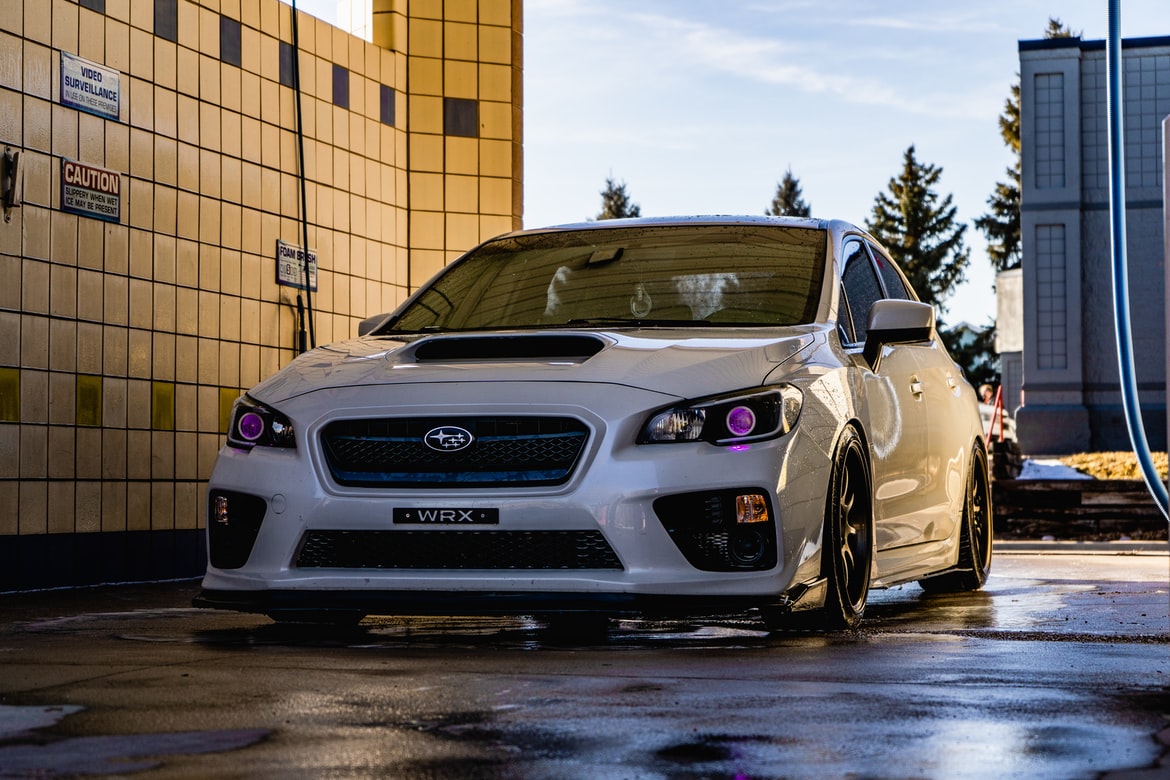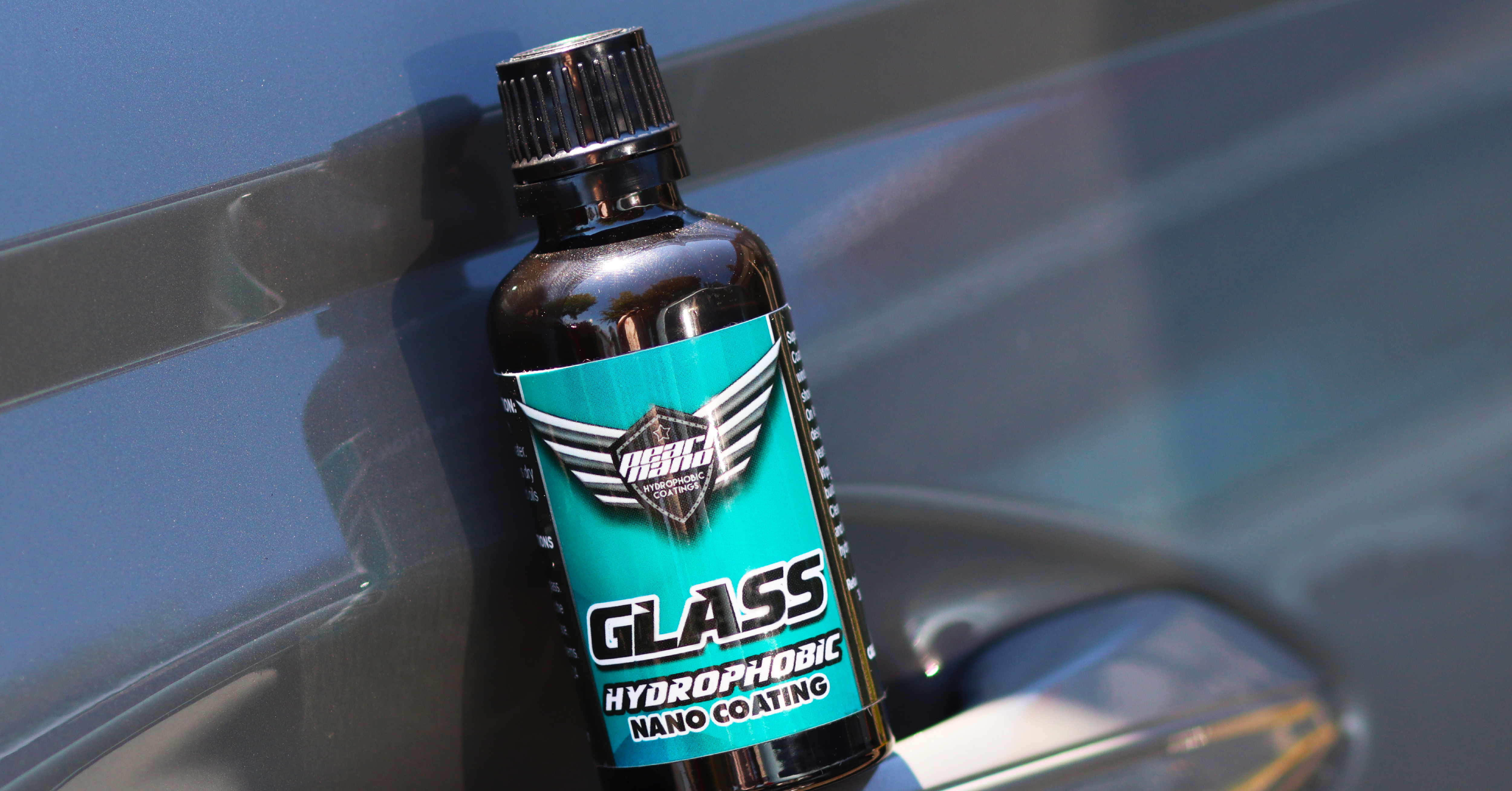pearl nano
3% V.S. 5% Hydrogen Peroxide — What's the Difference?
Nov 25, 2020Buried in your first-aid kit is a little brown bottle of simple, yet versatile, hydrogen peroxide. This compound, also known as H202, comes in a variety of concentrations (or potencies), depending on its intended use. Here are the most common ones (source):
- 3% for household use
- 5% in Pearl Nano’s Interior Cleaner
- 6–10% for bleaching hair
- 35% also known as "Food Grade" hydrogen peroxide — note that this doesn’t mean you should ingest it. Commercial kitchens use this to disinfect food surfaces.
- 90% for industrial grade, including rocket fuel.
You’ve likely used hydrogen peroxide for treating minor scrapes and cuts, or as a whitener for grout. Doctors today no longer recommend using hydrogen peroxide for treating these minor injuries. While it kills bacteria (and foams while doing so), it also kills cells important for healing. But don’t worry. Hydrogen peroxide, used in our Interior Cleaner, is still great for disinfecting surfaces — including car interiors.
Concentrations, like 3% or 5%, tell us how strong the hydrogen peroxide is. 5% hydrogen peroxide is nearly double the strength of 3% hydrogen peroxide. Knowing what percentage is important because too high of a concentration, like 35%+, can cause bleaching and cracking on cloth or leather surfaces, respectively.
A 5% hydrogen peroxide concentration is the perfect amount because it can safely ship to you and ensures a strong disinfection without drying out or potentially discoloring fabric. At 5% hydrogen peroxide, you have a stronger cleaner on your hands that’s still safe, but still effective.
According to the Municipal Technical Advisory Service from the University of Tennessee, with enough dwell time — or contact with the item you're cleaning — and proper application, 5% hydrogen peroxide will kill bacteria, germs, and viruses.
Proper application means both cleaning and disinfecting. “Cleaning is the removal of dirt, germs, impurities, etc.,” the report says. “Disinfecting is killing germs and viruses on [the] surface.”
We recommend using Pearl Nano’s Interior Detailer to remove dirt and impurities. Then, follow up with our Interior Cleaner to disinfect the surface. Do not spray Interior Detailer or Interior Cleaner directly onto electronic devices, like infotainment/navigation screens, in your car. Instead, spray the product onto a clean microfiber towel and wipe the surface of the electronic device down.
Editor's note: Hydrogen peroxide can irritate eyes and skin. Higher concentrations are toxic and may be lethal. This article is to entertain through information; under no circumstance shall Pearl Nano, LLC be responsible for damages arising from use of this blog article. No guarantee is given regarding the accuracy of any statements or opinions made on this blog.
By reading this article, you agree to not use this blog as medical advice, nor to diagnose or cure any disease. Please consult your local health authority, CDC, or physician for updated information regarding the use of hydrogen peroxide.







